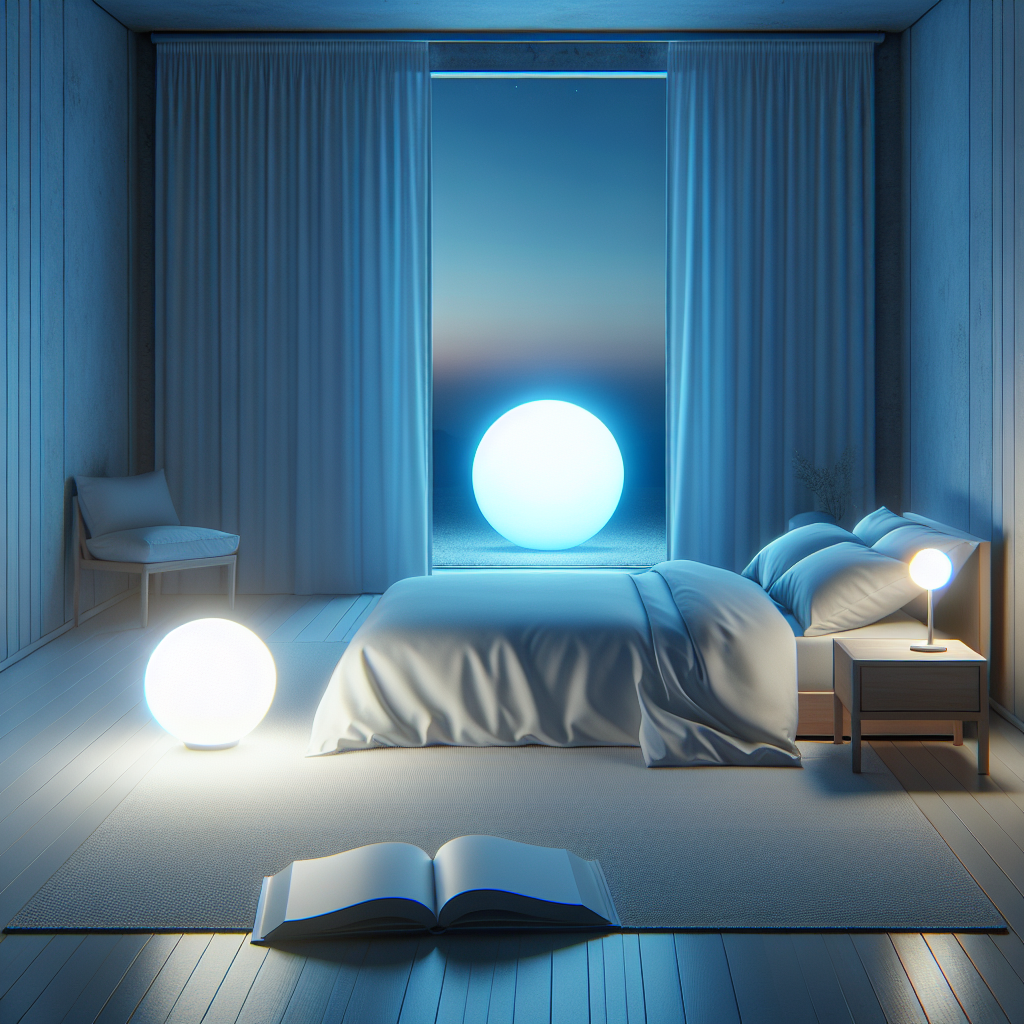### Understanding the Impact of Blue Light on Your Sleep
If you’re not getting a full night’s sleep, you’re not alone. More than a third of American adults are not getting enough sleep on a regular basis, according to a 2016 study by the Centers for Disease Control and Prevention. But why are we struggling with sleep, and what can we do about it?
In a world where our eyes are constantly glued to screens — from laptops to smartphones, tablets, and televisions — understanding the impact of blue light becomes more critical than ever.
The blue light produced by screens can interfere with our sleep by suppressing melatonin, the hormone responsible for dictating our sleep-wake cycle, also known as circadian rhythm.
#### **What is Blue Light?**
Blue light is a part of the visible light spectrum and can be divided into two types. The first is the blue-turquoise light that is less harmful and is between 450 and 500 nm. The second is the blue-violet light, often deemed harmful, and ranges between 400 to 450 nm.
While sunlight is the primary source of blue light, there are other significant sources that we encounter daily such as fluorescent and LED lighting, flat-screen LED televisions, computer monitors, smartphones, and tablet screens.
#### **Blue Light and Your Body Clock**
Exposure to significant amounts of blue light, especially from screens, can affect our internal body clock. The disruption of this internal clock, known as circadian rhythm, can lead to insomnia and symptoms of sleep deprivation. When the sun goes down, darkness should signal our bodies to produce more melatonin, preparing us to sleep. However, exposure to artificial light in the evening confuses this natural process.
#### **Blue Light and Eye Health**
In addition to sleep concerns, prolonged exposure to blue light can cause digital eye strain and may potentially harm our vision in the long run. While our eyes are good at blocking UV rays from reaching the retina, they’re not as adept at blocking out blue light. The American Macular Degeneration Foundation suggests that too much exposure to blue light might lead to macular degeneration – a condition that causes central vision loss.
#### **What Can We Do About it?**
Understanding that exposure to significant amounts of blue light can create health issues is the first step. After that, we can take some steps to mitigate its effects:
1. **Screen Time:** Limit your screen time as much as possible. Set a screen curfew at least 2-3 hours before bedtime.
2. **Use Blue Light Filters:** Many electronic devices have settings that reduce the blue light they emit. Alternatively, you can also get blue light filter glasses.
3. **Eye Exercises:** Follow the 20-20-20 rule; for every 20 minutes spent looking at a screen, look at something else for 20 seconds, at a distance of 20 feet.
4. **Appropriate Lighting:** Use dim red lights for your night lights. Red light has been found to be the least disruptive to our circadian rhythm and sleep.
In conclusion, while blue light is an inevitable part of modern life, understanding its impacts and how to manage it can help us protect our sleep and overall health. Remember, it’s always important to discuss any sleep or eye health concerns with a qualified healthcare professional.


